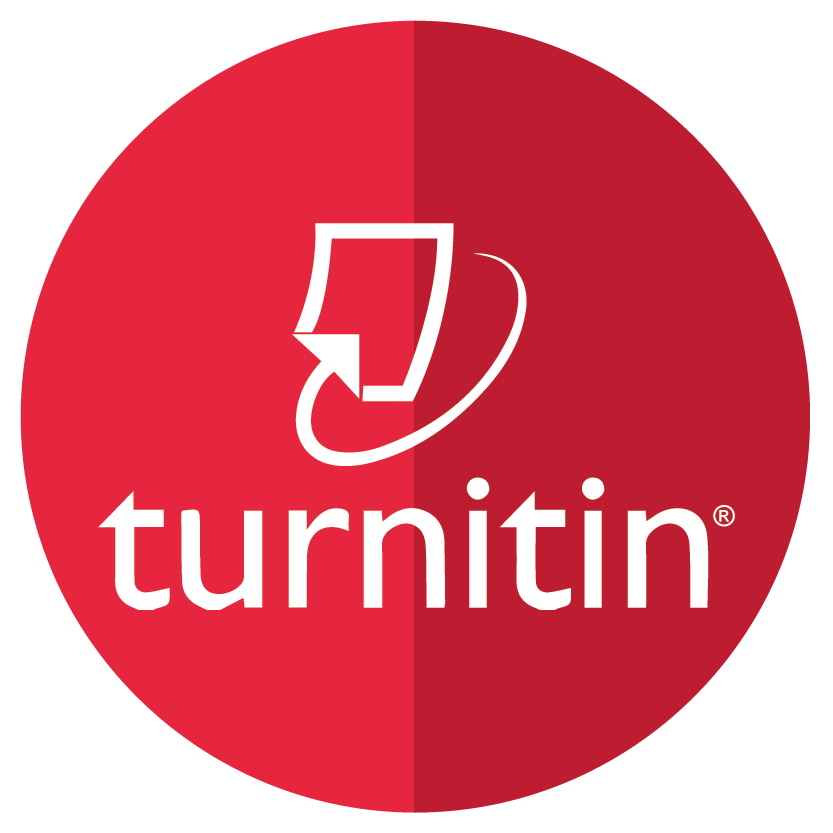DIGITAL LEARNING USING BLENDED POE2WE MODEL IN ENGLISH LESSON FOR FACING 21ST CENTURY CHALLENGES
Abstract
This study aims to (1) describe the steps of Blended POE2WE model in English lesson; (2) test the effectiveness of the Blended POE2WE model in English lesson, and (3)describe the attitudes and activities of teachers and students when implementing the Blended POE2WE model in English lesson at one of the senior high schools in Ciamis, Indonesia. The method used in this research is mixed method. Data collection techniques used in this study are questionnaire, observation and documentation. Likert scale is used to measure attitudes, opinions, and perceptions of teachers and students. To measure the effectiveness of the POE2WE blended model in English lesson, a t-test was used using SPSS software with the provision that t count > t table. The results show that the steps of learning using Blended POE2WE models were in accordance with 21st century competence (4C). The t-test on the final test between the model and control groups in each class is as follows: (1) t-test on the final test of class X Social 2 with the X Social 5 is t = 13.189; (2) t-test on the final test of class X Social 3 with the X Social 5 is t = 14.946; (3) t-test on the final test of class X Social 4 with the X Social 5 is t = 6.290. Based on the data analysis results, it can be concluded that the final ability test for students in the control class has a significant difference (t tabel >1.66) so that this model is effective to use for improving student achievement in English lesson. Meanwhile, the students’ attitudes towards the implementation of the POE2WE blended model showed improvement, by which students' attitudes towards the learning process is 60.18%, towards the teaching materials is 54.63% and towards the English teachers is 71.29%.
Full Text:
PDFReferences
Aviv, R. (2000). Educational performance of ALN via content analysis. Journal of Asynchronous Learning Networks, 4 (2), 53-72.
Creswell, J.W. (2010). Research design: pendekatan kualitatif, kuantitatif, dan mixed. Yogyakarta: PT Pustaka Pelajar.
Nana, Sajidan, Akhyar, M., & Rochsantinngsih, D. (2014). Pengembangan Pembelajaran Fisika SMA melalui Elaboration Writeand Evaluation (EWE) dalam Kurikulum 2013. (Surakarta: Disertasi UNS)
Nana. (2019). Panduan Inovasi Pembelajaran Blended POE2WE. Klaten: CV Penerbit Lakeisha
Permendikbud No. 24 Tahun 2016
Schwartzbeck, T.D. & Wolf, M.A. (2012). The Digital Learning Imperative: How Technology and Teaching Meet Today’s Education Challenges. New York: Alliance for Excellent Education.
Sugiyono. (2011). Metode Penelitian Kuantitatif, Kualitatif, dan R&D. Bandung: Alfabeta
Sunu Priyawan. (2007). Pengembangan model pembelajaran akuntansi dengan metode belajar mandiri bagi pegawai urusan akutansi di lembaga keuangan mikro. (Malang: Disertasi Doktor Universitas negeri malang)
Suyono & Hariyanto. 2011. Belajar dan Pembelajaran. Bandung: Rosda
Trianto. (2010). Mendesain Model Pembelajaran Inovatif Progresif. Jakarta: Prenada Media Group.
Yamagata-Lynch, L. C. (2000). Blending Online Asynchronous and Synchronous Learning. The International Review of Research in Open and Distributed Learning, 15(2). Retrieved from http://www.irrodl.org/index.php/irrodl/article/view/1778/2837?utm_content=buffer3e7f0&utm_medium=social&utm_source=twitter.com&utm_campaign=buffer
DOI: https://doi.org/10.37058/tlemc.v4i1.1762
Refbacks
- There are currently no refbacks.
INDEXED BY:
This work is licensed under a Creative Commons Attribution-NonCommercial-ShareAlike 4.0 International License.
![]()
TLEMC (Teaching and Learning English in Multicultural Contexts)
Program Studi Pendidikan Bahasa Inggris
Fakultas Keguruan dan Ilmu Pendidikan
Universitas Siliwangi
Jl. Siliwangi No. 24 Kota Tasikmalaya - 46115
email: tlemc@unsil.ac.id





